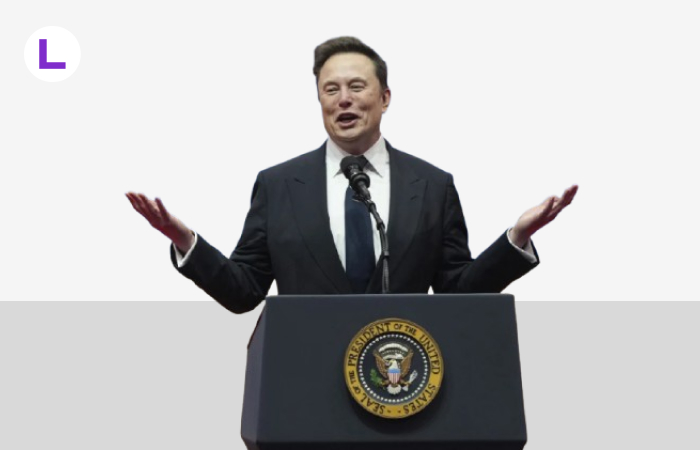LONDON – Gold hit a historic milestone on Wednesday, breaking through the $3,300-per-ounce barrier for the first time ever, as investors scrambled for safe-haven assets amid intensifying trade tensions between global powers.
The price of gold surged by as much as 2.7% in early London trading, peaking at $3,317.75 before stabilizing at $3,308.04. The increase came after a significant decline in the U.S. dollar, with the Bloomberg Dollar Spot Index falling 0.5%—its weakest level in six months.
Investors are reacting to a new wave of U.S. tariffs and trade probes launched by the Biden administration, targeting critical sectors such as rare earth minerals, semiconductors, and automotive imports. The moves have reignited fears of a global trade war, prompting market players to seek refuge in assets perceived as more stable.
“Gold is thriving right now not just because of fear—but because the underlying factors support it,” said Evy Hambro, Global Head of Thematic and Sector Investing at BlackRock, speaking to Bloomberg.
Trade Tensions and Rate Cut Speculation Fuel Momentum
The surge in gold prices is also driven by growing expectations that the Federal Reserve will cut interest rates multiple times before the year ends. Lower interest rates typically benefit gold, as it becomes more attractive compared to yield-based assets like bonds.
So far in 2025, gold has jumped roughly 26%, boosted by inflows into gold-backed ETFs and steady buying by central banks worldwide. Although gold briefly dipped after reports surfaced that China might consider restarting trade talks with the U.S., investor sentiment quickly rebounded as broader concerns lingered.
“The geopolitical landscape is unstable,” said Luchen Wang, an analyst at Galaxy Futures in Shanghai. “In this kind of environment, gold doesn’t just hold value—it gains it.”
Is $4,000 Gold the Next Stop?
Market analysts are now eyeing even higher targets. Goldman Sachs has forecasted that gold could reach $4,000 an ounce by mid-2026, citing ongoing macroeconomic instability, a softer dollar, and persistent demand from central banks.
The rally also had ripple effects across other precious metals: silver posted moderate gains, while platinum and palladium saw little change. Meanwhile, global equity markets—especially tech stocks—continued to slide, as investors weighed the unpredictable effects of trade policy on corporate earnings and global supply chains.
What Comes Next?
With rising trade tensions and a fragile global economy, many institutional investors are expected to keep gold as a key component in their risk-averse strategies.
“In times like these, every headline has the power to move markets,” Hambro added. “And when uncertainty dominates the news cycle, gold becomes the anchor investors look for.”


